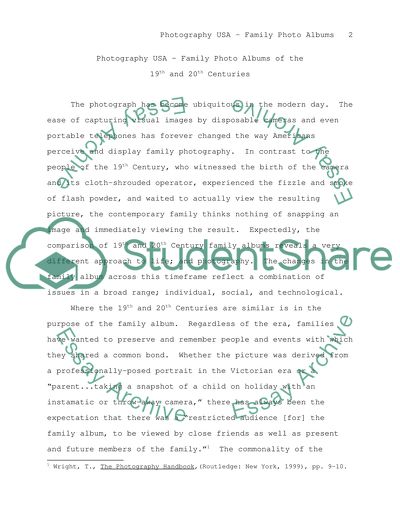Cite this document
(“Family Photo Albums of the 19th and 20th Centuries Essay”, n.d.)
Family Photo Albums of the 19th and 20th Centuries Essay. Retrieved from https://studentshare.org/technology/1525296-family-photo-albums-of-the-19th-and-20th-centuries
Family Photo Albums of the 19th and 20th Centuries Essay. Retrieved from https://studentshare.org/technology/1525296-family-photo-albums-of-the-19th-and-20th-centuries
(Family Photo Albums of the 19th and 20th Centuries Essay)
Family Photo Albums of the 19th and 20th Centuries Essay. https://studentshare.org/technology/1525296-family-photo-albums-of-the-19th-and-20th-centuries.
Family Photo Albums of the 19th and 20th Centuries Essay. https://studentshare.org/technology/1525296-family-photo-albums-of-the-19th-and-20th-centuries.
“Family Photo Albums of the 19th and 20th Centuries Essay”, n.d. https://studentshare.org/technology/1525296-family-photo-albums-of-the-19th-and-20th-centuries.


